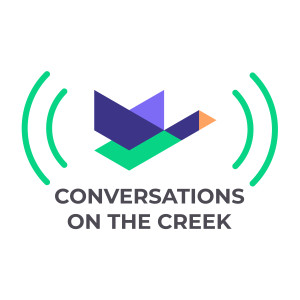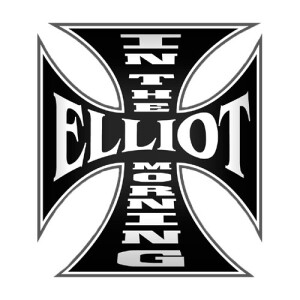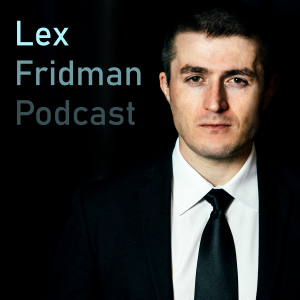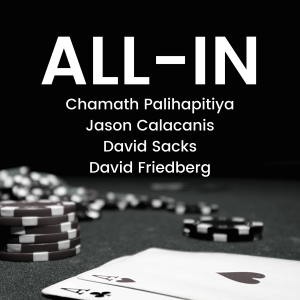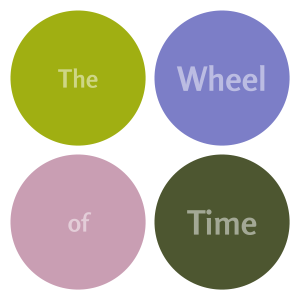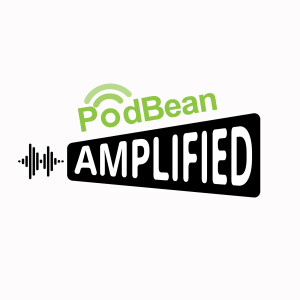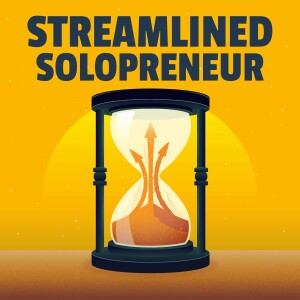

Streamlined Solopreneur: Helping simplify your tech stack and escape hustle
https://feeds.transistor.fm/how-i-built-itEpisode List
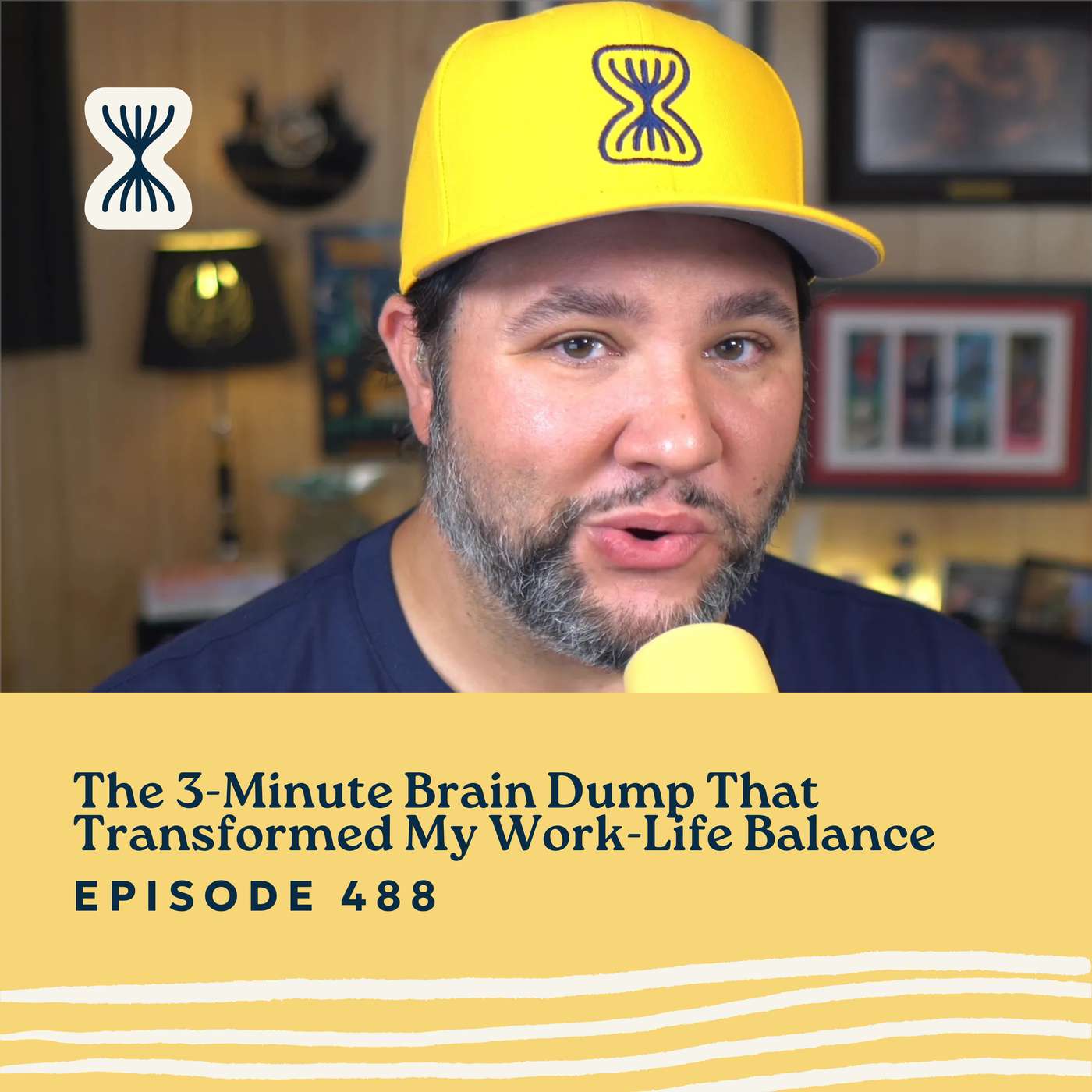
The 3-Minute Brain Dump That Transformed My Work-Life Balance
I used to lie awake at night thinking about tomorrow's tasks and couldn't be present with my family because my mind was stuck on work problems. Sound familiar? The game-changer wasn't better time management—it was creating clear boundaries between work mode and family mode.After years of working until the last possible second and then feeling mentally scattered during family time, I finally did something about it. Now I have a system that lets me be fully present with my kids while knowing nothing important will slip through the cracks.I'll walk you through my complete startup and shutdown routine system, from monthly planning all the way down to my daily brain dump.If you're tired of checking email at the playground or thinking about work during bedtime stories, this episode will show you exactly how to create the mental boundaries that actually work.Do you struggle to stop thinking about work when you’re with your family? Take the Business Overwhelm Diagnostic and get the plan you need to fix it.Top TakeawaysCreate intentional day planning - Use a startup routine to decide what you'll accomplish before opening email or social media, preventing reactive scrambling through your inboxBuild context-switching boundaries - Startup and shutdown routines act as mental flags that signal when work begins and ends, especially crucial for home-based solopreneurs without commutesImplement a brain dump system - The most important habit is unloading everything from your mind at day's end so you can be fully present with family without worrying about forgotten tasksShow NotesFree Startup and Shutdown Routine TemplatesWatch on YouTubeObsidianTodoistWhisper MemosZapierChatGPTTodoist integration for ObsidianGoogle Calendar integration for ObsidianToggl plugin for ObsidianAmanda GoetzChris LemaHave questions, comments, concerns? Send your feedback to https://streamlinedfeedback.com ★ Support this podcast ★
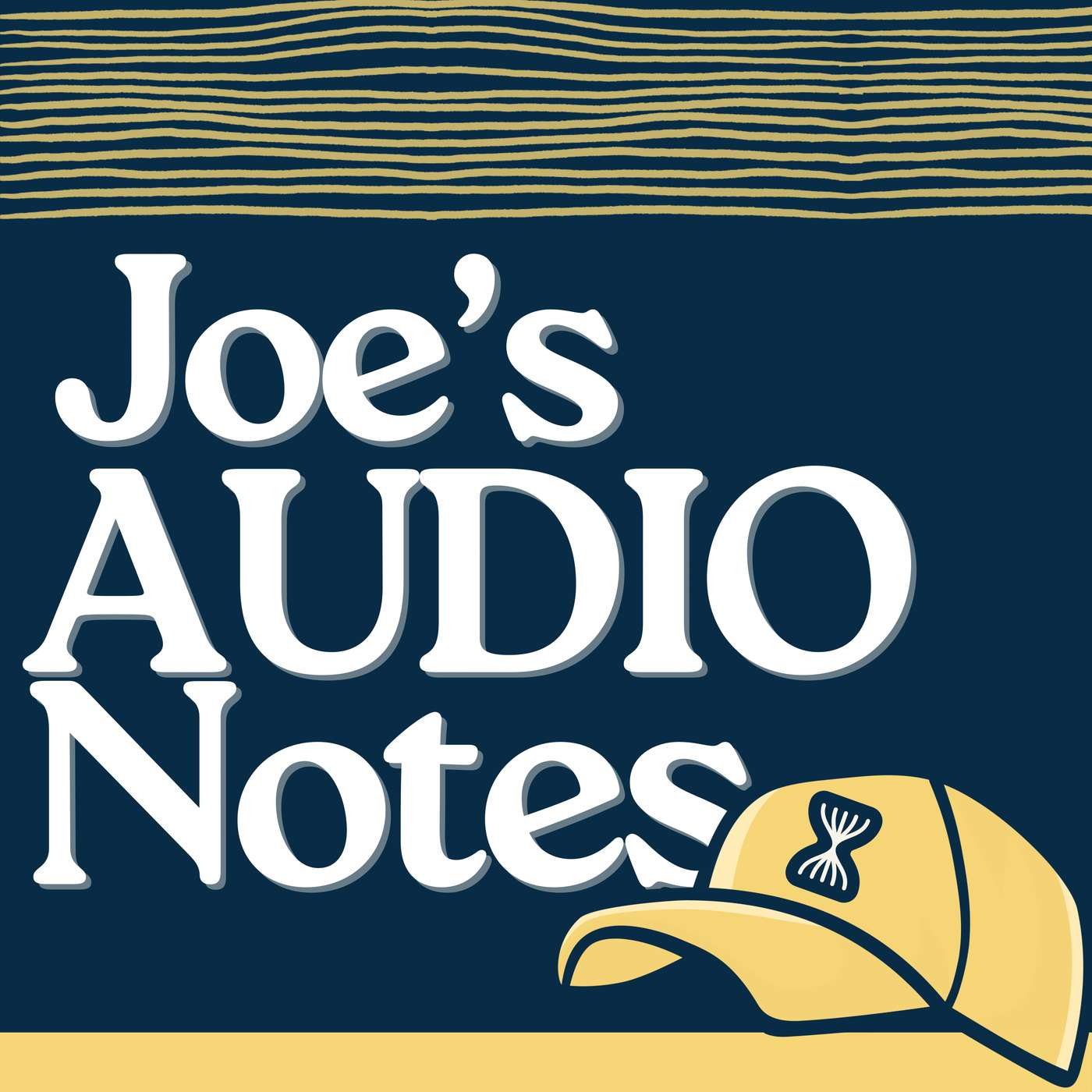
I’ve updated my /now page
I just updated my /now page for the first time in a while, and it’s become much more comprehensive than before. I walk through all the new sections I’ve added - from current projects and media consumption to streaming services and personal details. There’s also a fun revelation about my five-CD changer playlist that’s surprisingly close to what I actually had back in the day.Check out my /now page hereThis description was written by Claude AI. ★ Support this podcast ★
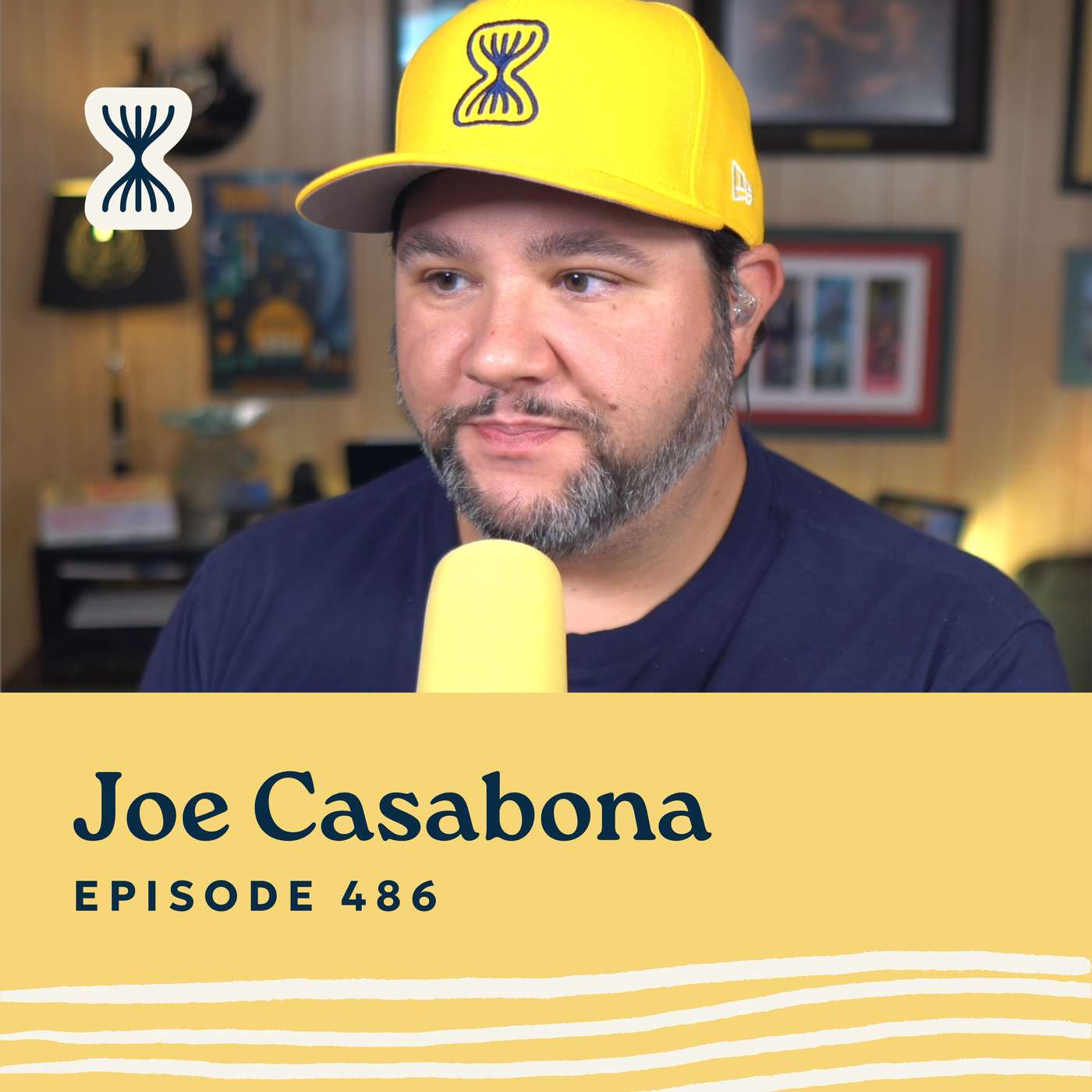
The Hidden Cost of Switching Tools (It's Not What You Think)
My dad's furious "never again" phone call to some faceless company stuck with me for decades. Fast forward to last weekend: I'm rage-quitting Dropbox after a seemingly small slight.Sound familiar? If you're a chronic tool switcher like me, you know that moment when you've had enough. But here's what nobody talks about—switching tools isn't just about clicking "cancel subscription." That’s why today I want to talk about what the actual costs are, and how to determine when to switch tools — when it will cause more clarity than chaos.Are tools just part of the problem? Take the Business Overwhelm DiagnosticTop TakeawaysThe hidden costs of switching tools go way beyond money—you're investing time to learn new systems, mental energy on decision-making, potential workflow disruption, and losing the knowledge you've built up with your current tool.Write a job description for your tools to evaluate if there's true feature parity between what you have and what you're considering—switching for the sake of switching rarely pays off.Test before you fully commit and consider how the switch affects your team members, contractors, and existing automations—I learned this the hard way when my editor's workflow got disrupted.Sometimes switching back is the right move—there's no shame in admitting a tool change didn't work out, especially if you can easily reverse course.Send feedback to at https://streamlinedfeedback.comShow NotesWhen do you burn it all down and start over?Why You’re Leaving Money on the Table with Email Automation with Kronda AdairDropbox VAT Tax PolicyGoogle Workspace Business Standard (Sorry I said starter during the episode)RSS.com ★ Support this podcast ★
![Am I messing up not having a community? [Audio Note]](https://img.transistor.fm/OdX0vDDZV2rDnWO_5zFUsU09SbIzyZlNlpH2QomsvLU/rs:fill:0:0:1/w:1400/h:1400/q:60/mb:500000/aHR0cHM6Ly9pbWct/dXBsb2FkLXByb2R1/Y3Rpb24udHJhbnNp/c3Rvci5mbS82MWEz/MDllZGUxODA5ODJj/ZWNkYjJmNmFiNzcz/ZjkwZi5wbmc.jpg)
Am I messing up not having a community? [Audio Note]
I’m wrestling with a realization from Justin Moore’s 10K Brand Challenge - I don’t have a place for my audience to hang out and connect. I’m exploring options like Slack, Discord, and Circle, but feeling stuck on which platform makes sense for parent solopreneurs and my “chaos to clarity” framework development. This is a raw, unresolved brainstorm about community building and why I think it’s essential for my content strategy.This description was written by Claude. ★ Support this podcast ★
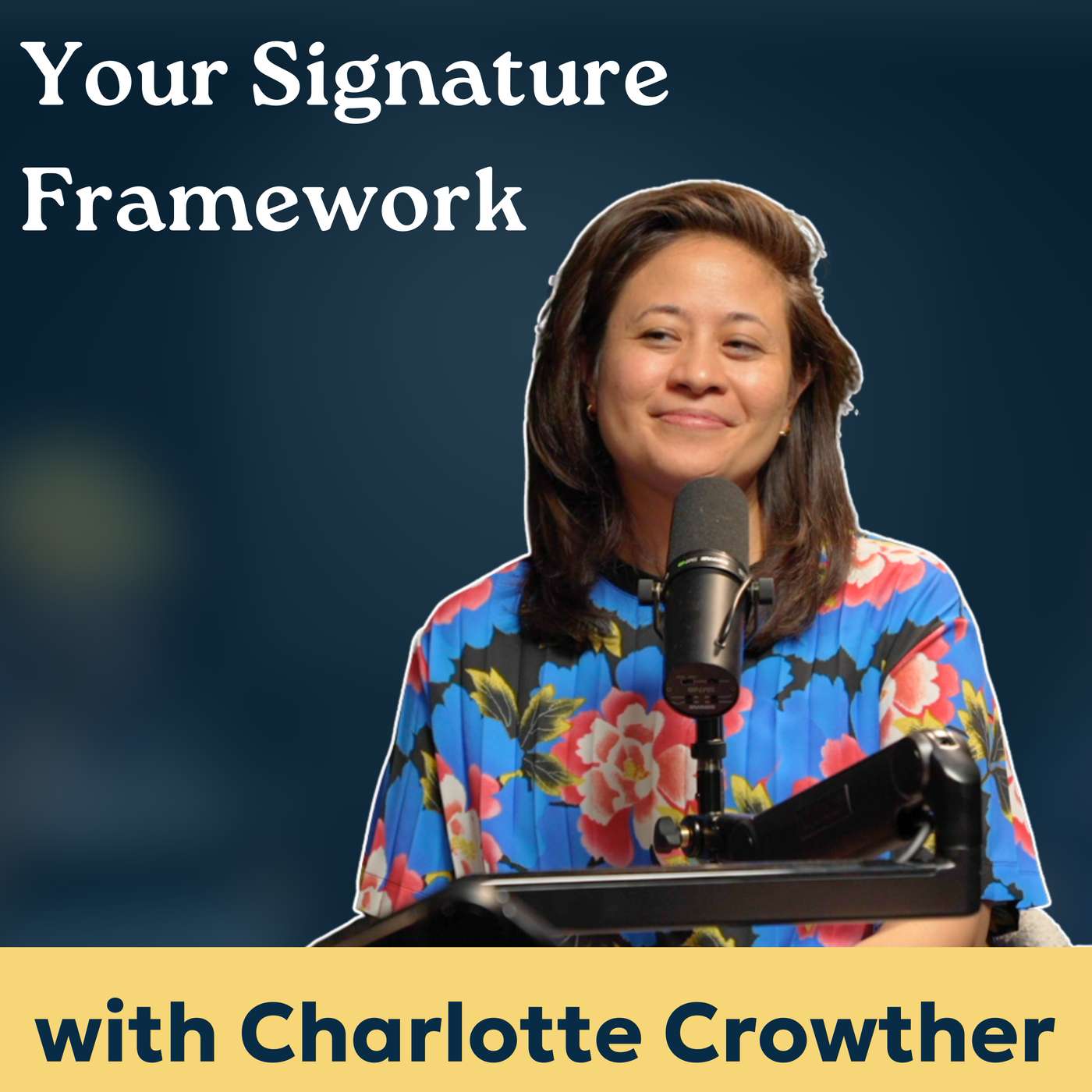
Stop Explaining What You Do and Start Showing It with Charlotte Crowther
Picture this: you're on a discovery call, your kids are making noise upstairs, and you're trying to explain what you do while mentally juggling dinner plans. Sound familiar? You're not alone—and there's a solution that goes way beyond just "trust me, I'm good."I sat down with Charlotte Crowther, the mastermind behind some of the most recognizable frameworks in online business, to uncover how signature frameworks can transform your entire business. From eliminating the dreaded "so what exactly do you do?" conversation to creating content that practically writes itself, Charlotte breaks down why visual frameworks aren't just pretty diagrams—they're business-changing systems.We dive into the hidden costs of winging it every time, why acronyms aren't always the answer, and how one simple visual can become the blood running through your business veins. Plus, you'll discover the one question every solopreneur should ask before creating their framework.Wondering how you can take your business from Chaos to Clarity? Take the Business Overwhelm Diagnostic.Special thanks to Kit for letting us use their studios! Learn more about them here.Top Takeaways:Frameworks are knowledge organizers, not just pretty visuals — they give structure to your expertise using both verbal and visual elements to help people understand faster and remember longer. Start with the outcome, not your content — instead of mining through your 100 newsletters for a framework, ask "what specific result do I want to enable?" then design backwards from there.Your framework becomes your business operating system — it informs your content strategy, sales conversations, course structure, and even team training, creating consistency across everything you do.Show NotesSignatureFramework.coSponsor MagnetUnveiling my Personal Brand with Hollie ArnettLeave Feedback at streamlinedfeedback.com ★ Support this podcast ★
Create Your Podcast In Minutes
- Full-featured podcast site
- Unlimited storage and bandwidth
- Comprehensive podcast stats
- Distribute to Apple Podcasts, Spotify, and more
- Make money with your podcast


